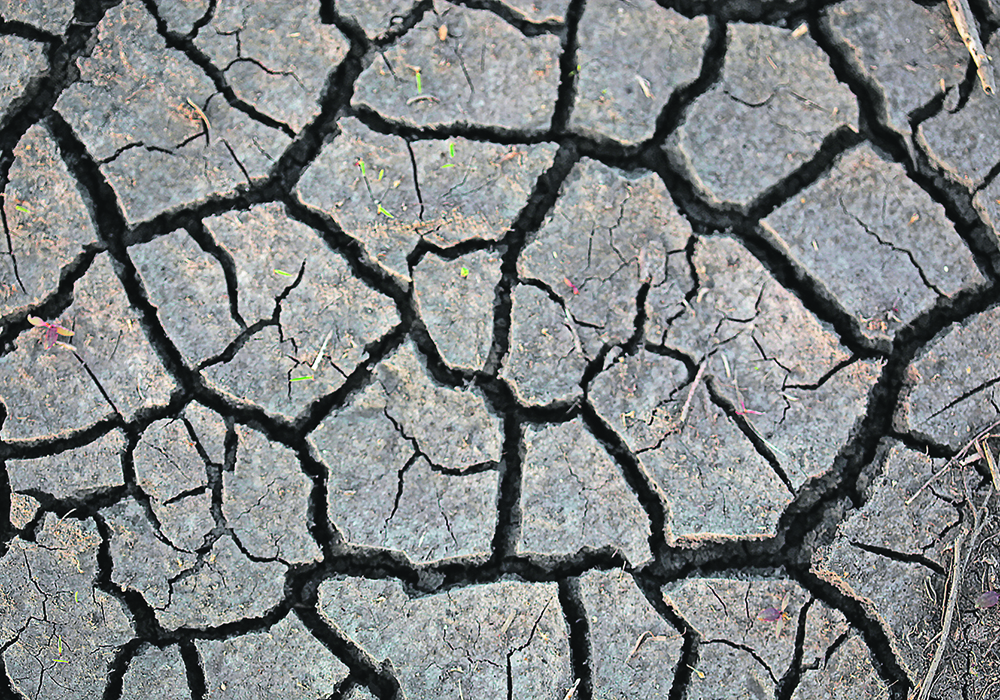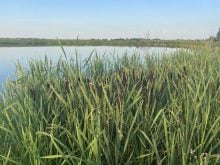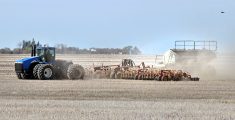American researchers explore how climate change affects soil properties and what farmers can do to manage the risks
Researchers at Emory University in Atlanta, Georgia, are looking at the long-term impacts of climate and soil properties on yields of corn, soybean, cotton and wheat across the United States.
“At the same time that farmers are facing more extreme weather events caused by climate change, they are dealing with the growing problem of soil degradation,” said Debjani Sihi, assistant professor at the Department of Environmental Sciences. Sihi is a biogeochemist who studies environmental and sustainability issues that connect soil, climate, health and policy.
The researchers drew on county-level data amassed by the U.S. Department of Agriculture from 1981 to 2015. They looked at the impact of climate variables and soil properties on the yield of the four study crops in 3,070 counties across the U.S., not including Alaska and Hawaii.
Read Also

Saskatchewan dairy farm breeds international champion
A Saskatchewan bred cow made history at the 2025 World Dairy Expo in Madison, Wisconsin, when she was named grand champion in the five-year-old Holstein class.
They did not notice a steady change in soil properties in the county-level data, but Sihi said there could be areas where there may be a change in individual sites over time.
“The temporal trend in our county-level data is averaged across different agro-ecoregions,” she said. “A steady increase in a particular soil property in one site can be counter-balanced by a steady decrease of that property in another site. What we did was to pair multidecadal data on soil properties with climate with the yield data at the county scale so we can get a big picture of how yields on major crops might have been impacted/influenced by soil and climate over time.”
Sihi said in the report that they relied on temperature effects known as growing degree days.
The data from these growing degree days contained rates of precipitation and the average daily temperatures throughout each of the crops’ growing seasons to provide a profile of daily climate influences on a crop’s progress. The data they gathered also included soil variations, water-holding capacity, organic matter texture, erodibility and soil-loss tolerance.
Sihi said in the report that multiple factors affect crop yields, such as crop variety genetics, soil quality, management practices (row spacing, planting dates, depth and crop density), inputs and the seasonal growing climate.
The report said unpredictable climate variables including heat, drought and flood will be responsible for substantial impacts on crop growth, with the rise in average temperatures contributing to declines in soil moisture and threats to soil health.
It adds up to a need for proactive soil management.
“There are multiple ways we recommend farmers adopt more regenerative agriculture practices,” said Sihi. “Some of the examples are to include more cover crops in crop rotation, mulching, and practices of reduced/conservation tillage instead of intensive farming. Cover crops like clover and other legumes can provide needed nutrients, buckwheat smothers out weed competition, plants with deep tap roots break up the compacted ground, and grasses recycle nutrients and then act as mulch when cut down.”
She said that leaving the soil alone improves the structure, protects the microbe community, and allows nature to do the work of enhancing soil properties for increased drainage and water holding capacity to efficiently deal with storms and drought respectively.
“Part of the situation is spreading out risk,” she said. “Adopting different climate-smart agriculture practices can keep revenues coming in when unexpected weather is the norm, and also figuring out ways to make your farm as resilient as possible while insuring what you can. All farmers are scientists — they experiment with new techniques and ideas every season and they figure out what works year to year.”
`Based on the research, the most important climatic factor explaining crop yield variability are the growing degree days, while water holding capacity is the most influential soil property. The datasets used in the study explained yield variabilities in corn, soybean and wheat using climatic and soil factors.
“We plan to increase the resolution of our study beyond the county scale and look at long-term data on different climate-smart agriculture practices across different agro-ecoregions,” said Sihi.
Sihi’s team next plans to start 18 long-term sites in the U.S. to help better understand which farm management practices may improve soil quality.
The research was published in Frontiers in Sustainable Food Systems.















